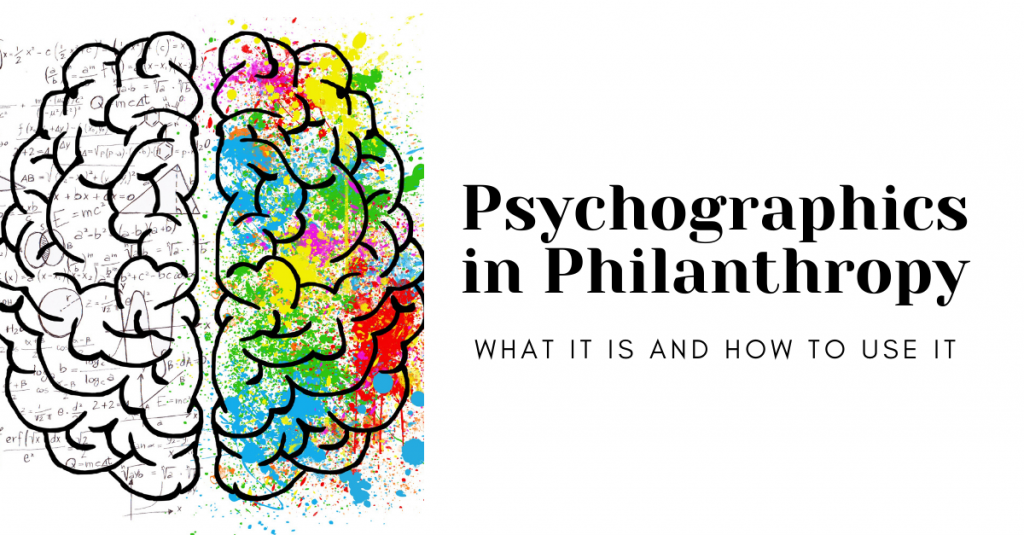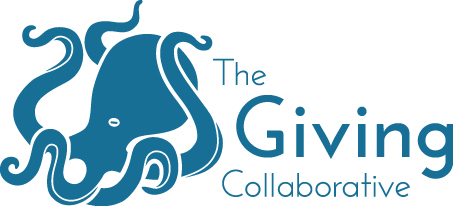
If you are like most fundraisers, you have used donor and prospect demographic data like age, gender, and occupation to segment your messaging. Yet, while demographics are useful, they do not tell the whole story.
If you have never heard of psychographics, it’s time to become familiar with this concept.
The definition of psychographics, according to Dictionary.com, is The use of demographics to determine the attitudes and tastes of a particular segment of a population, as in marketing studies.
By its very definition, you can understand the importance of psychographics on the fundraising world. The better you know your donor or prospective donor, the better you can appeal to them in the way they will best respond to.
Are you trying to figure out which direction to take for your annual appeal letter? Are you developing a social media campaign to highlight your mission to prospective donors? Or maybe just preparing for meetings with a major gift donor. Getting to know and understand your audience gives you a distinct advantage to correctly connecting with what matters most to them. You need to understand your donors’ beliefs, what keeps them awake at night, what creates excitement or motivates them. Fundraisers have always used demographic data like age, gender, and occupation to segment messaging. But, demographics do not tell the whole story.
Psychographics has been used for years by marketing and research companies, and there is a reason for this. Understanding HOW people make buying decisions within a specific industry helps businesses create content that resonates with them. The same concept can be used for nonprofits trying to advance their mission.
Where to begin?
There are three main types of psychographic data points that are typically prioritized:
- Interests and Affinities
- Activities
- Opinions
How do you gather this information?
- Research your donors – read complaint letters and emails; read both positive and negative comments on your social media posts. Learn about what is bothering your constituents as much as what makes them happy.
- Consider conducting focus groups with crucial donor groups.
- Survey large groups of constituents to see what is important to them.
Once you have gathered psychographic information, what should you do with it?
- Create more emotionally compelling content and impact stories
- Create a more targeted and specific Case for Support to be shared with donors
- Reinforce your organization’s values by staying “on brand” with all of your marketing and outreach efforts
- Create more relevant annual appeals and email solicitations
- Use the information you have gathered for better segmented messaging based on what your donors are interested in or believe in rather than using things like age or gender.
Stay relevant!


About The Author: David Garamella
David is an accredited fundraiser with over 25 years of executive and consulting experience in philanthropy. Before forming The Giving Collaborative, he served as Philanthropy Counsel for the 150 affiliated Hospitals of the Planetree Alliance and Chief Development Officer for Griffin Health Services as well as Chief Philanthropy Officer for Rhode Island Hospital, the Academic Medical Center of Brown University. He has a proven record of developing new programs and highly successful fundraising teams for healthcare, higher education, and other not-for-profit organizations.
More posts by David Garamella